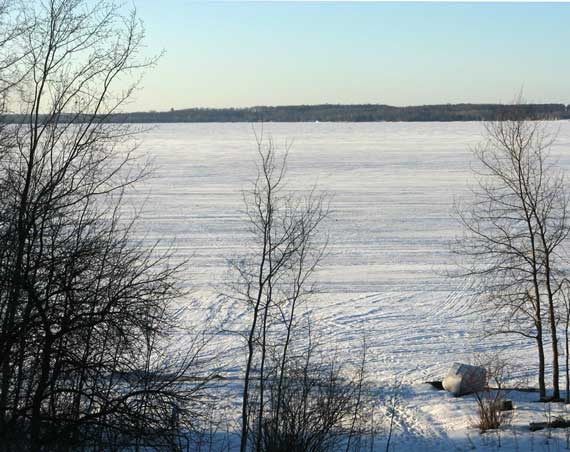
Ecologically aware members of the general public in this country tend to do a better job thinking about the implications of their choices about what they ingest than thinking about “downstream” effects. Sometimes we consider problems with fertilizer washing into our waterways, but less so the chemicals we send out our homes’ wastepipes. (Exception: Jay—but you’re not “general public”!!)
Cornelia Dean, in this NYTimes piece, details the problem liquids that typical households deliver to treatment systems that often just pass them on without trying to remove them. I’d heard about hormone problems in water creatures and the presence of antibiotics in streams, but it’s far more than that. So, your new acronym is PPCP, meaning pharmaceutical and personal care products. Find PPCP in a water faucet near you. Notes an environmental scientist, “it is a mistake to consider all of these compounds safe “by default,” and…more must be done to assess their cumulative effects, individually or in combination, even at low doses.”
I had no understanding of buying bottled drinking water until I lived in Oaxaca in 1989 and the tap water was not potable. I have never seriously considered it here in Atlanta (“our water tastes good”), but I may have to reconsider—but not in individual portions, only those large water-cooler sizes (returnable ones, too). Too bad here we don’t have the trucks cruising residential neighborhoods with refills, their drivers yelling “Aaaahhhh-gwaaaaaahhhhhh!”
Here’s a Mexican-Spanish vocabulary word: garrafón—large bottle or carafe, (a perfect size for household use).